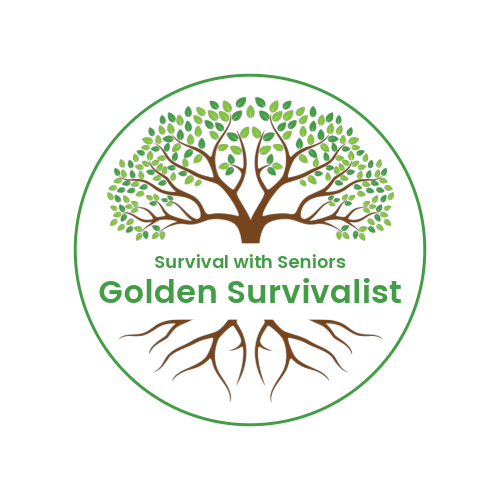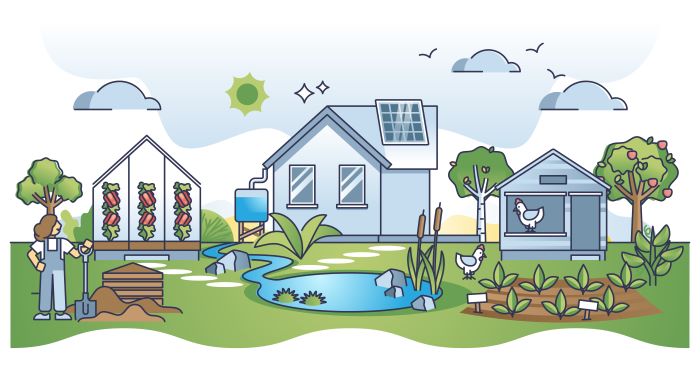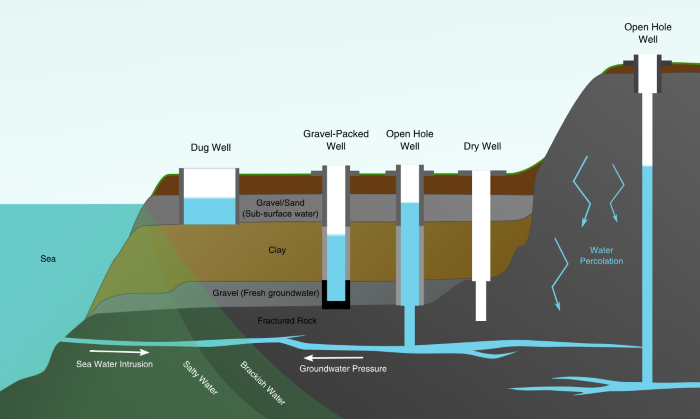Information Stockpiling for Survival

Access to information is one of the most essential things you’ll need for any kind of survival. Unless you have many decades of experience, chances are you either lack specific knowledge about survival in various circumstances or forget certain things you knew at some point.
Even if you have a wealth of knowledge, it’s important to double-check anything you might need to know and pass it along to your family. If you want to ensure success in the face of any difficulties, you should stock up on as much information as you can, physically and digitally.
Physical information usually takes the form of books, printouts you laminate, or any other printed media such as pamphlets and field guides. Digital information comes in many different formats, but to save space, you should aim to stick to text files where possible.
It may seem strange to rely on digital information, given that many survival situations would involve a lack of Internet access, but by downloading it and keeping it securely on you, you can access a wealth of knowledge in a very compact format without having to rely on Internet usage.
Utilize Physical and Digital Storage
Instead of picking one or the other, you should stock up on as many informational guides as you can in both forms of media. Since there’s no guarantee you’ll be able to have access to electricity to use your digital storage, you need to have physical guides for the most important things like first aid, shelter creation, and food identification.
If you have downloaded digital media, you should still be able to access it as long as you can generate some kind of electricity. This might come from a solar charger for your laptop or phone if you’re on the move or a gas-powered generator if you’re hunkering down at home.
While it will be harder to access digital media since it requires electricity, it does have many advantages over physical media. The most obvious one is the amount of space it takes up physically.
A couple of books can take up a lot of room, especially if they’re larger hardbacks. You can easily store thousands of books on a small external hard drive or SSD. The amount of space on newer portable flash drives and SSDs is incredible, and you can get something that stores multiple terabytes for less than $100.
With 2 terabytes, you can store every book you want or need to read and still have space to spare. That remaining space can be used for other forms of digital media, such as image-based guides and even video guides.
You can create cheatsheets and checklists from the larger data, print them out, and laminate them. Keep a copy at home and put a copy in your and your loved ones’ bug-out bags.
By keeping a combination of physical and digital information on you, you’ll be able to face any survival challenges without worry since you’ll have detailed guides on how to do anything you may need to do.
Offline Digital Storage May Prove to Be Essential
Given how much more information you can store on a flash drive or portable SSD, it seems like a no-brainer that you would want to keep one on you if you have a means of generating electricity, like a solar charger.
You’ll want to keep your laptop and whatever external storage device you use in a protective case so they don’t get damaged. It would also be best to get the most durable ones you can to begin with so that you run as little risk as possible of damaging them.
Choose what you want to download once you have your digital storage devices. Many free PDFs of military survival and identification guides are available. You can stock up on hundreds of these without exceeding your storage limitations.
One resource that may be very useful for you is Wikipedia. It may seem unusable since it’s an entire website that would require the Internet. Still, Wikipedia encourages you to download it for free, and it only takes up a hundred gigabytes or so in total. On a multiple-terabyte drive, this would hardly make a dent.
Having the entirety of one of the largest encyclopedias available would be helpful in a number of ways. Fortunately, it’s fairly easy to access, as you can find it directly on Wikipedia’s website.
While you can’t store too many before running out of space, you should be able to keep a few hundred image guides on your drive and a decent amount of videos as well.
One thing you should also store, which many people don’t consider, is basic entertainment. It’s unnecessary, so you shouldn’t prioritize it, but having creature comforts in dangerous situations can calm your nerves and make you think more clearly, improving your chances of survival.
You should be able to source things like audiobook MP3 files legally and maybe even movies. You have to be sure that it’s legal to download, such as the content that’s entered the public domain, but even that would be a decent enough source of entertainment and comfort.
Be sure to have a reliable source of electricity to power your laptop or whatever you plan on using to view the digital media. A solar charger should work well throughout the day to charge the battery over time.
Keep Your Physical Information Protected
When it comes to physical media, space is much more limited, and certain precautions must be taken to ensure that it stays intact. Rough conditions such as moisture can also damage physical media if it’s not properly cared for.
Since paper is a natural material, there’s also a slight risk of it being consumed by insects. No bugs will chew through your SSD, but some bugs can and will chew up the paper, and if you don’t catch it in time, they can eat up larger sections of your books, rendering them less useful.
One way to ensure the care of your guides and lists is by laminating them. Laminators aren’t terribly expensive, and they can ensure that your important papers stay clean, dry, and protected against the elements.
A great way to keep multiple laminated guides neatly organized is by utilizing a three-ring binder. You could hole-punch the edge of the lamination so that it remains sealed, but keep everything neatly organized and easily accessible so you don’t lose any pages.
Since space is going to be much more limited when it comes to holding on to physical media, you should carefully select what you want to print off to be laminated. Things like maps and identification guides are a given, as are guides for first aid, gathering water, and making shelter.
Be sure to use your room wisely and only keep the essentials if you plan on using these guides for on-the-move survival, as you would keep in a bug-out bag. If you plan on sheltering in place somewhere like a homestead, you should have far more space for things like bookshelves, where you can keep a lot more physical media.
Even at home, protecting these pieces of physical media is important. Bugs that eat away at paper may still pose a threat if you store your books poorly. For example, if you store them in a box in a shed, they could be exposed to insects and moisture, meaning there’s a high chance that the books will become unusable over time.
Organization is of the utmost importance for your physical media. When you might need quick access to certain kinds of information, the last thing you want to do is scramble around trying to find the right thing across multiple pages or trying to find the right book.
You should instead organize your books and guides based on the topic first and then utilize sticky notes that are labeled and stick out of the edge of the book to give you a quick way to find what information you need immediately.
Information Can Help You in Survival Situations
While certain practical skills and physical endurance are important, nothing is more important in a survival situation than knowledge and information. It doesn’t matter how far you can walk if you’re unable to locate water or clean it to make it drinkable.
The three major things you need in a survival situation are food, water, and shelter. It takes some skill to get these, but it’s far easier if you have the right information about how you should do so.
Take food, for example. If you wandered into the woods and found a wealth of mushrooms, you would first need to know whether or not they were poisonous. You’d be pretty lost if you hadn’t had much experience foraging locally before whatever caused this survival situation.
However, if you had a local identification guide in print or digital form, you would be able to check then and there whether or not they were good for you to eat. Then, if you found that they were safe and knew that the information you had on hand was accurate, you could pick them all up and bring back a bountiful supply of food.
The same could be said for getting water. Detailed digital maps of your local area could help you easily identify where you are and where the nearest streams or lakes are. This would save you a ton of energy by taking any guesswork out of the equation, preventing you from wandering for hours on end looking for a water source.
Building proper shelters can be difficult, even if you have all the right materials. A video guide that you downloaded far in advance, however, could make things much easier. It would be like having someone there with you to show you the ropes and follow along with their instructions.
By having multiple sources of information well sorted, you should be able to confidently tackle any problems you might face in a survival situation. This information will help you work through some very tough scenarios, especially those that could be dangerous if you do something wrong.
That being said, experience is still the best teacher. If you want to be fully prepared for the worst-case scenarios, you should go out and try some of the things you’ve learned and familiarize yourself with your local surroundings.
If you have the experience and muscle memory to back up the information you’re using, as well as the physical strength to do these things, you’ll be very well off in any survival situation.






